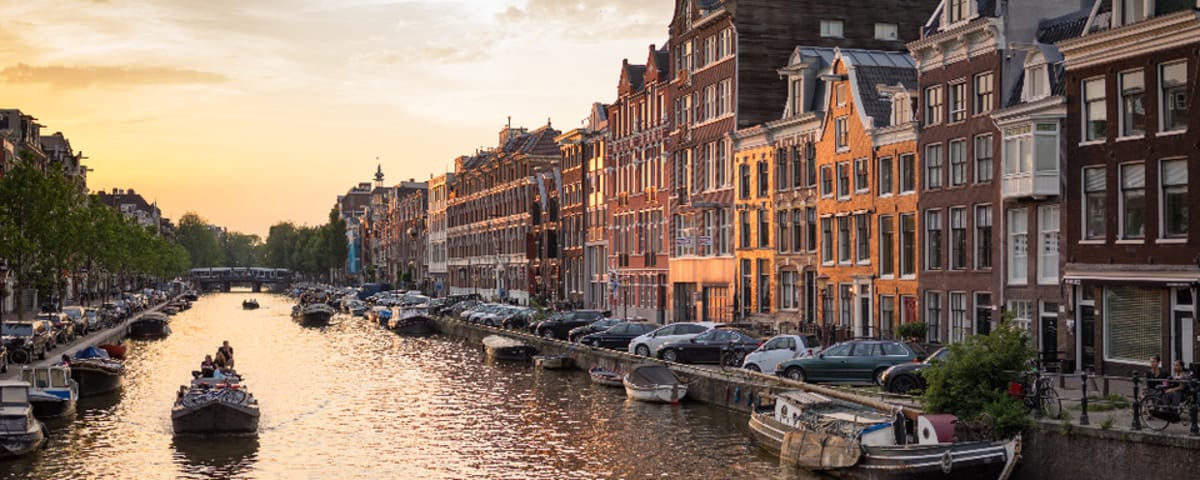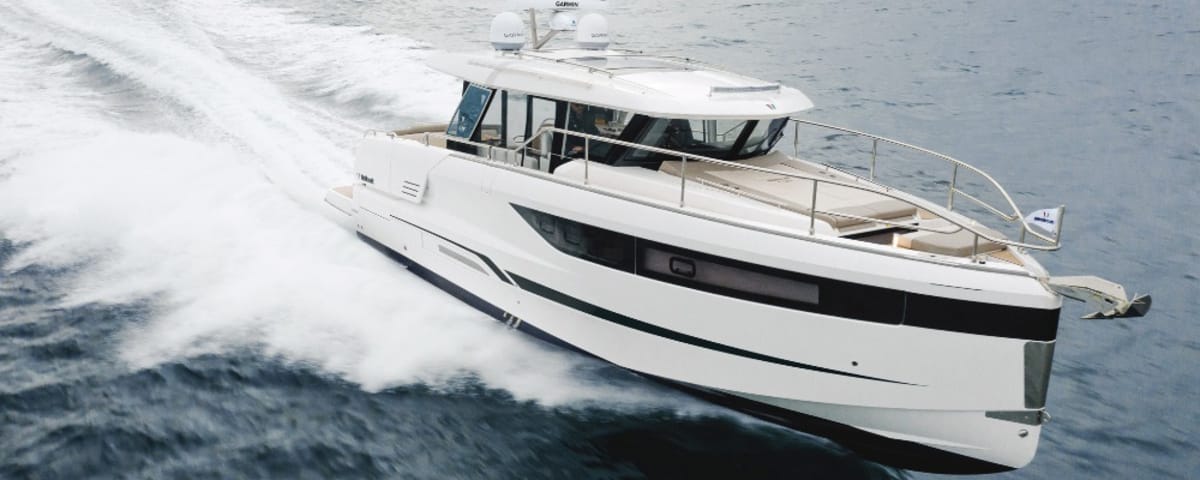Amsterdam: A City Built on Water
Amsterdam’s canal network is more than just decoration; it’s the city’s very backbone. Starting in the 17th century, during the Dutch Golden Age, the capital adopted a visionary urban plan: three main canals – Herengracht, Keizersgracht, and Prinsengracht – were dug in concentric arcs around the historic center. These waterways now form a UNESCO World Heritage site, stretching over 100 kilometers and dotted with more than 1,500 bridges.
Unlike other riverside capitals, Amsterdam has never separated its daily life from its canal network. Over 2,500 houseboats are moored there year-round, inhabited or transformed into living spaces: cafes, galleries, hotels, or bookstores. Here, the boat is much more than a leisure activity; it’s a culture.
Easy and Accessible Navigation
Navigating Amsterdam is neither technical nor elitist. The city encourages a respectful and open approach to its canals. Since 2025, only electric boats have been allowed in the historic center, a decision that contributes to preserving the peace and air quality. Several operators offer boats that don’t require a license, available for rent for an hour or half a day. It only takes a few minutes to get the hang of it.
Recommended routes avoid the busiest areas and allow you to venture into more secluded zones. The Plantage district in the east, for example, offers a more residential side of the city, while in the west, the former rehabilitated docks around Westerpark now host artists’ studios, local breweries, and cultural spaces. Heading north, you reach the NDSM district, a former shipyard converted into a creative hub, accessible via the IJ – a wide expanse of inland water that offers a glimpse of a more industrial and open Amsterdam.
Discovery and Immersion
What strikes you first is the serenity. By boat, you move away from the tourist bustle and rediscover the center in a calmer light. The city slowly reveals itself in a floating atmosphere. The gabled houses, the rehabilitated warehouses, the low bridges, and the hidden gardens create an urban scene to be savored along the water. It’s an aesthetic, but also a sensory experience.
Navigating the canals also means adopting a different pace. At a maximum of 6 km/h, the city imposes a gentle rhythm, conducive to contemplation. No need to be an experienced sailor: the signage is clear, crossings are rare, and priority is always given to professional boats, such as river deliveries, which are still very active.
Sleeping on the Water, Experiencing the City Differently
Some choose to stay directly on a houseboat. This type of accommodation, which is increasingly popular, allows you to extend the experience into the intimacy of daily life. Specialized platforms now list a varied offer: from the spartan but charming boat to the fully equipped floating loft, there are options for all tastes. An ideal way to experience local life, as close to the water as possible.
As for boaters who come with their own boat, they will find several well-equipped marinas near the center: Sixhaven, opposite the central station, is particularly well located. However, be aware that places are scarce, and local regulations sometimes require a river permit depending on the size of the vessel.
Visiting Amsterdam from its canals is not just a whim. It’s reconnecting with the very spirit of the city: a place born of water, facing the water, shaped by it. Whether you go on a guided cruise, a self-service boat, or a more ambitious trip, navigation in the Dutch capital remains a unique experience. Peaceful, accessible, deeply aesthetic, it perfectly embodies what travel has to offer: a fresh perspective, at human height… or rather, water level.
Enjoyed this post by Thibault Helle? Subscribe for more insights and updates straight from the source.


